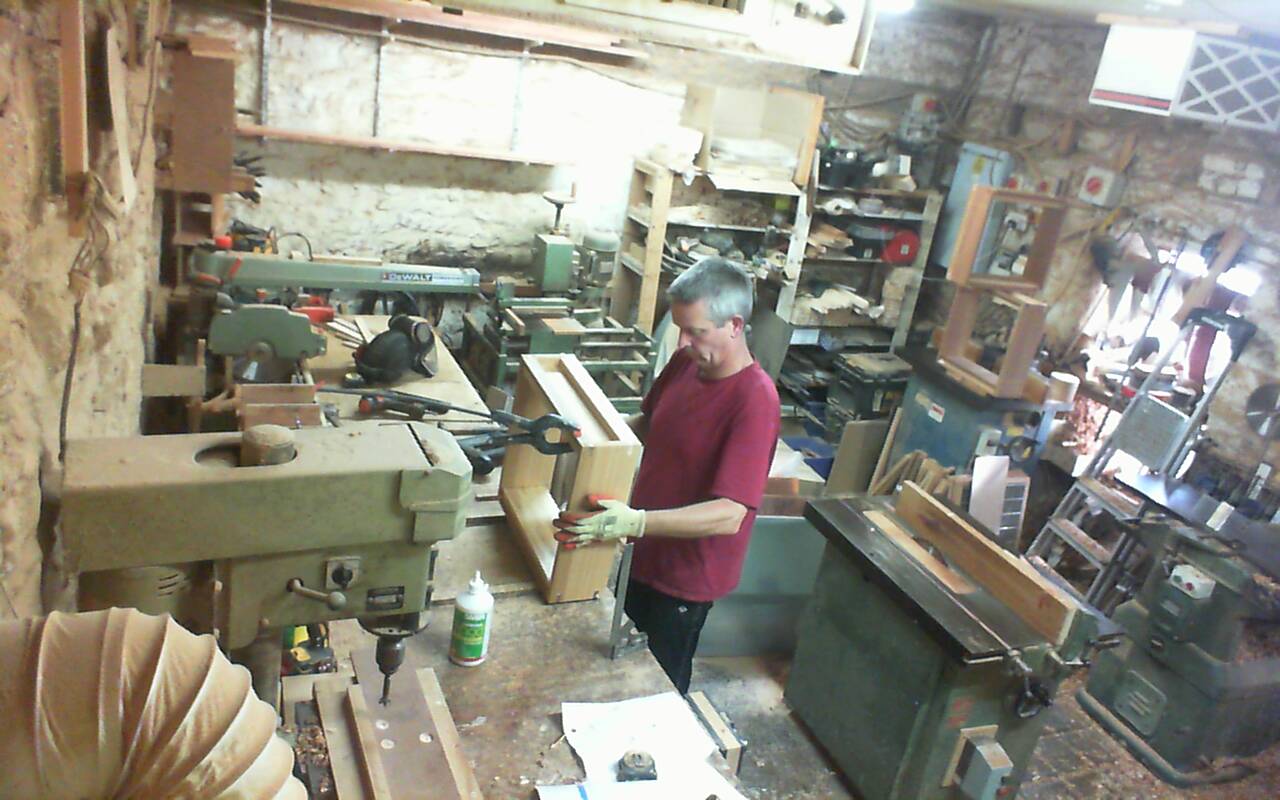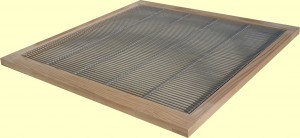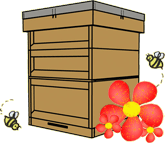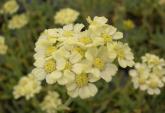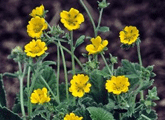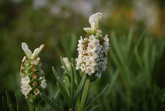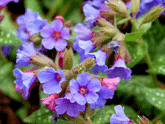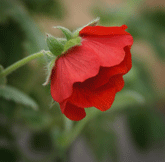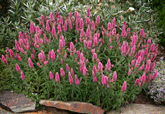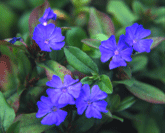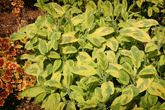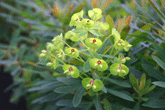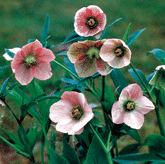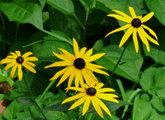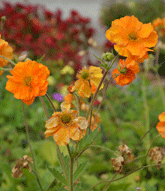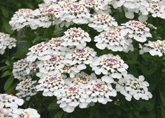“…emailing to say a huge thank you for the custom cedar varroa floors and roofs. They arrived safely on Wednesday and are excellent quality and the service was nothing short of brilliant…”
“…just wanted to say a massive thank you for my hive, it is beautiful! I get my bees on Saturday and i’m really proud to have them in your hive! You now have a devoted customer…”
“…arrived and we are delighted with it. It’s really well made, so lovely to see such great craftsmanship, the bees should be very happy too…”
“…Hive arrived safely yesterday! Really pleased with it, what a great little Hive! Workmanship is second to none!…”
“…Thanks very much for putting our order through. Went and collected them today and really impressed with your work. Bees are going in on Monday to their new home. I’ve no doubt we’ll be back for more hives in due course….”
“…Just to let you know that my nuc hive arrived bang on time and I am delighted with it! Many thanks for the great service. It is very helpful to have updates via email and text concerning delivery date/time.
I’m sure I’ll be back for more…!…”
“…Fantastic! Just what I was after and they’ve turned out a treat. Really happy with the product and the quality is fab. So much so that I might be after another 10…”
“…It’s lovely and I’m so pleased with the workmanship too.
The service has been fantastic all round and I’ll definitely be buying from you again in the future!…”
“…It’s great to be able to support an individual artisan who, not only produces a great product, but also goes the extra mile for customer service….”
“…The Ashford feeders are superb, the boxes and hive stand perfect – I couldn’t be more pleased….”
“…delighted with the hive. Thank you so much, it looks great. Will spread the word amongst the members of our local group and more if ever I get the opportunity…”
“…We received the 2 assembled units today and are thrilled with the excellent improved design. Well worth waiting for…”
“…it’s very very good stuff, thank you. It’s very well made, I like the solid looking frame on the queen excluder…. Thanks a lot! A satisfied customer…”
“…a truly amazing business and I will spread the word in our club. I guess that is why I would not go elsewhere quality is worth the wait…”
“…It is great to trade with a business like yours where the benefits go straight to you and your family…”
“…I am very pleased with both the quality of the workmanship and the manner in which the package was delivered….The bees have settled in very quickly and they appear to be happy with their new home! Thank you very much for your excellent service….”
“…thank you both for being a British company making something in a traditional way. I wish you the best of luck and will be ordering more soon I’m sure…”
“…Arrived safely. Brilliant customer service…”
“…Just wanted to say thank you so much for making and dispatching my order so quickly! Really appreciate it Nick! (so will the bees)…”
“…Your hives are of outstanding quality and worth the delivery time wait…”
“…So pleased with the stand, as sturdier than the new ones of today! Keeping the stand and brood box indoors for the the lovely cedar smell rather than store in the bee shed and until the spring when I can use. I will be back for more orders and will recommend you…”
“…delivered the Outstanding Varroa Floor this morning. Please thank Nicholas for his efforts on making the Hive Items I ordered promptly and to the usual high quality..”
“…Thank you for sending my additional hive parts so quickly. I am very pleased with the hive which was also appreciated by a group of bee inspectors…”
“…as with my previous order, everything was beautifully made and easy and straightforward to assemble…”
“…Hi, I’ve just received my new nucleus hive and I couldn’t be more pleased. It’s far too nice to go outside, it’s more like a piece of furniture!…”
“…The quality looks really good, and I am looking forward to assembling the first one to see how they look.”
“…Once again I compliment you on the top quality of your products, excellent, it’s nice doing business with someone who cares…”
“…arrived and look excellent – the nuke in particular is a masterpiece”
“…really gratifying to know that there are still craftspeople in this world who can turn out high quality products, use sustainable business practices and materials, still charge an accessible price and deal with customers in a friendly manner…”
“…thanks for the hive its gone together well and is now waiting for its bees!”
“…arrived this morning, very nice, I am well pleased with it.”
“…Just to say thanks for you effort to get the bee hive to us. The brother-in-law is a happy fellow…”
“…were easy to assemble and all functioning…The quality of timber is also so much better than other ones I’ve had…”
“…Nuc’s just arrived. Many thanks for getting it out to me before the weekend. It looks really good, can’t wait to put it together so I can split my colony and put it to some good use…”

